- Presented in an FAQ format with pictures are reasons why a new Parliament House is being made in New Delhi and its Benefits.
Whenever something path breaking and new
is being made there is both curiosity and controversy. I too had questions why
a new Parliament House. A good friend suggested I visit the New Parliament website
I found answers. At esamskriti we
believe in selfless sharing so presenting as FAQ with pictures.
At the outset I must state that
information and pictures are courtesy and copyright the Ministry of
Urban and Housing Affairs, New Delhi. I have only compiled.
Background
“The power of the Indian democratic system manifests in our Parliament, which weathered the Indian freedom struggle from colonial rule and witnessed many historical milestones. The existing building served as independent India’s first Parliament and witnessed the adoption of the Constitution of India. Thus, conserving and rejuvenating the rich heritage of the Parliament building is a matter of national importance.”
It is a myth that democracy is a
colonial gift. Read Concept
of Elections and Democracy in Vedas and Dharma Sastras
Q1. When was Parliament
House built and who designed it?
A1. “India’s present Parliament House was designed by British architects Sir Edwin Lutyens and Herbert Baker, which took six years to construct (1921-1927). Originally called the Council House, the building housed the Imperial Legislative Council. The Parliament building witnessed the addition of two floors in 1956 to address the demand for more space. In 2006, the Parliament Museum was added to showcase the 2,500 years of rich democratic heritage of India. The building had to be modified to a large extent to suit the purpose of a modern Parliament.”
When the building was designed around
1920 India was under British rule. None thought India would get independence in
27 years and become a full-fledged democracy. So the Council House, as it was
then called, was naturally designed accordingly.
Q2. Why does the Parliament
House have a circular shape?
A2. “It is popularly believed that the circular shape of the Chausath Yogini temple in Morena, (Madhya Pradesh) had inspired the design of the Council House, though there are no historical proofs for this.” Note that Chausath Yogini Temples near Jabalpur and Bhubaneshwar are round.
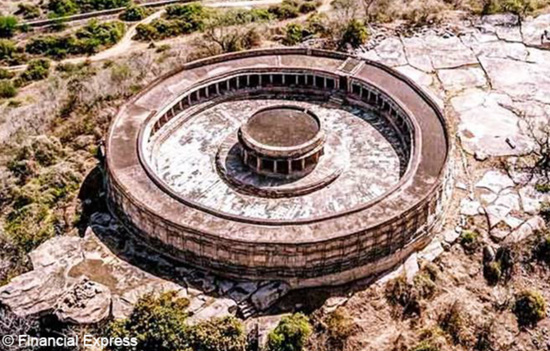 Mitawali Mandir, Morena.
Mitawali Mandir, Morena.
To see album of
Mitawali Mandir Morena When I visited Aihole Temples in Karnataka was told
that the semi-circular shape of the Durg Temple inspired the circular shape of
Parliament House.
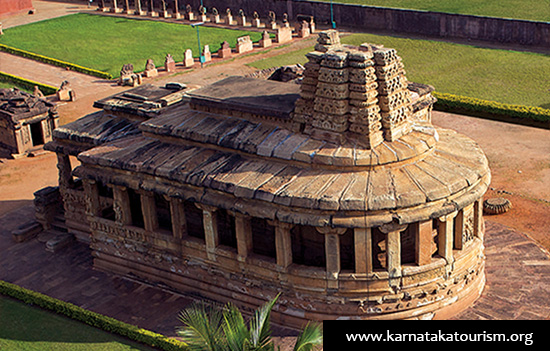 Durg Mandir, Aihole.
Durg Mandir, Aihole.
To see album of Durg
Temple, Ailhole Aihole is considered the cradle of Indian Temple
architecture.
Morena has numerous temples that
pre-date Khajuraho and believed to have inspired them. See mind-boggling
Padavali Temple , restored
Bateshwar Temples and Hidden
Temples of Morena
Q3. How old is the
existing Parliament House?
A3. It was commissioned in 1927. Any 95 year old building will have structural issues so better to be pro-active and look ahead.
Q4. How many members were
there when the Imperial Council (Parliament) House was made in 1927?
A4. Prior to independence, the number of members in the Imperial Legislative Council was 145 (starting 1919) and 60 Members of the Council of States (today’s RS). Source Wikipedia
Think of Indian Parliament in 1927, 1952
and 2023. India had 489 Lok Sabha members in 1952 compared to 543 today. As of
December 2022 the Rajya Sabha has 245 members. LS+RS = 788 members.
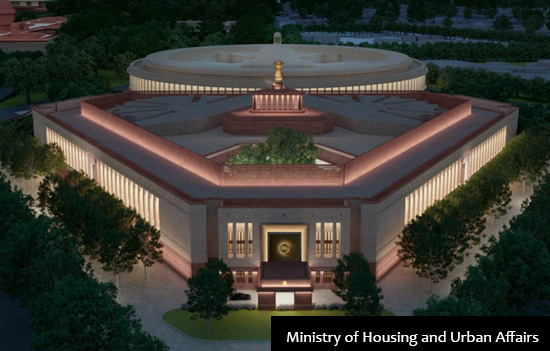 Design
of new Parliament building.
Design
of new Parliament building.
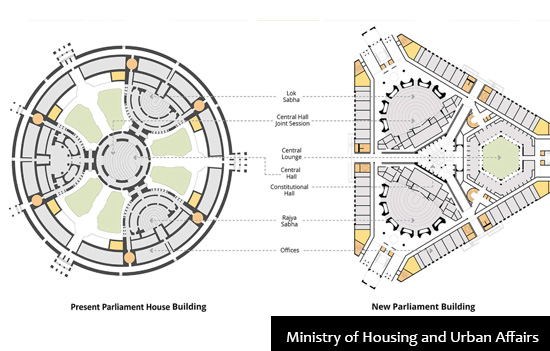 Lay-out of old and new houses.
Lay-out of old and new houses.
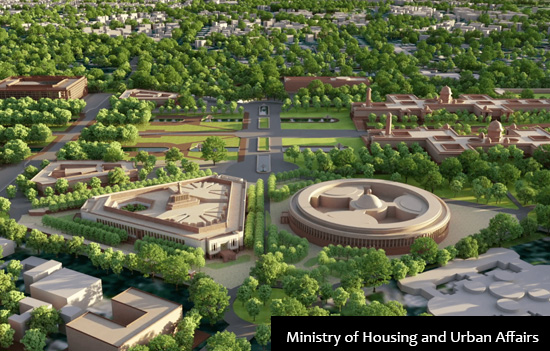 The Old and New Parliament House can work together as an ensemble.
The Old and New Parliament House can work together as an ensemble.
Q5. Can current Parliament
House meet the needs?
A5. Over the years the parliamentary activities and number of people working and visitors have increased.
“With increasing demand for workspaces, inner service corridors were converted into offices which resulted in poor quality and narrow workspaces.”
“There is no record or document of the original design of the building. Therefore, the new constructions and modifications have been done in an ad-hoc manner. For example, two new storeys constructed in 1956 over the outer circular part of the building hid the dome of the Central Hall and changed the facade of the original building. Further, the coverings of Jaali windows have reduced the natural light in the halls of two houses of the Parliament. Therefore, it is showing signs of distress and over-utilization and is not able to meet the current requirements in terms of space, amenities and technology.”
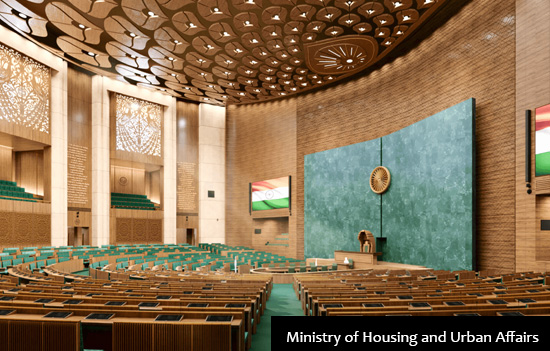 A much bigger Lok Sabha.
A much bigger Lok Sabha.
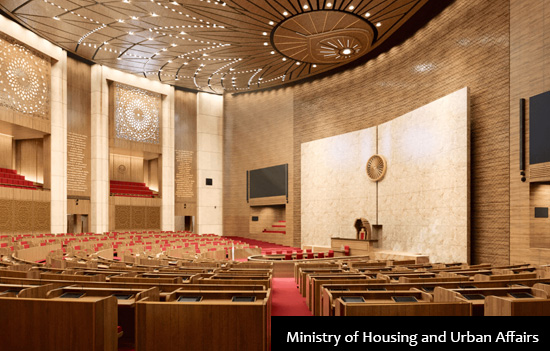 Ample sitting space in Rajya Sabha.
Ample sitting space in Rajya Sabha.
Q6. Will the number of Lok
Sabha seats be going up?
A6. “The number of Lok Sabha seats has remained unaltered at 545 based on the delimitation carried out on the basis of 1971 Census. It is likely to increase after 2026 as the freeze on total number of seats is only till 2026.”
Q7. How many seats are
expected to be there post 2026 delimitation?
A7. Lok Sabha 888 seats (current 543) and Rajya Sabha 384 (current 245). The new house will have a capacity of 1272 seats as against 788 today.
It is
better to be pro-active and build ahead of 2026.
Q8. What about the seating
arrangement in the current Parliament?
A8. “The seating arrangements are cramped and cumbersome, with no desks beyond the second row. The Central Hall has seating capacity only for 440 persons. When the Joint Sessions are held, the problem of limited seats amplifies. Due to limited space for movement, it is also a huge security risk.”
I remember a TV program where Minister
Hardip Puri said that there is inadequate space to keep legs, thus members with
knee problems would find it hard to sit for long hours in Parliament.
Q9. What about Additional Services required to support functioning of Parliament?
A9. “Over the period addition in services like water supply lines, sewer lines, air conditioning, fire-fighting, CCTV, Audio Video system, which were not originally planned, have led to seepages and destroyed the overall aesthetics of the building. The fire safety is a major concern as the building is not designed according to the present fire norms. Numerous new electric cables have been put up which are potential fire hazard.”
Q10. What about
Communication infrastructure?
A10. “In the present Parliament House, the communications infrastructure and technology is antiquated. The acoustics of all the halls need major improvement.”
“There are structural safety concerns of the building. The current Parliament building was
built when Delhi was in Seismic Zone-II, currently it is in Seismic Zone-IV.”
Q11. Such capital intensive
projects have other benefits too?
A11. As on 7/4/2023 the project has generated 23,04,095 work days, consumed 26,045 MT of steel and 63,807 MT of cement. The project is also generating employment. Consumption of core sector items like steel and cement has a multiplier effect on the economy. Source
Is it not better to spend money on such projects that create lasting fixed assets, than give way doles or subsidy to the undeserving?
Q12. What are the new
communication facilities?
A12.
Q13. Any more key
information?
A13. According to the Times of India report, the new building would cost Rs 970 crores. The theme of the building would be to showcase India’s cultural diversity. It would also incorporate regional crafts and art. It will be made accessible for the differently-abled.
Do we want a Parliament House that makes
us proud? As compared to elephants and snakes that India was associated with in
the 20th century!
Q14. Here are pictures of
the new Parliament House
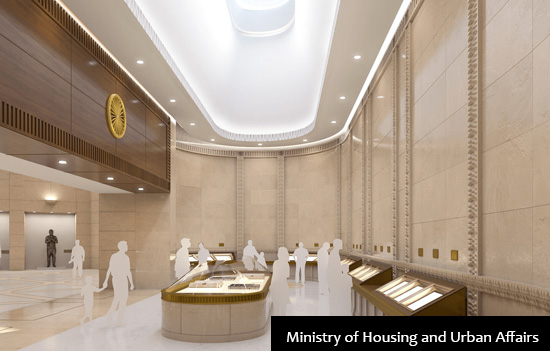 State of the art Constitutional Hall.
State of the art Constitutional Hall.
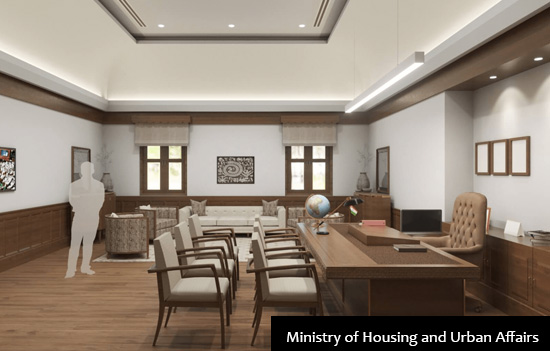 Modern office spaces.
Modern office spaces.
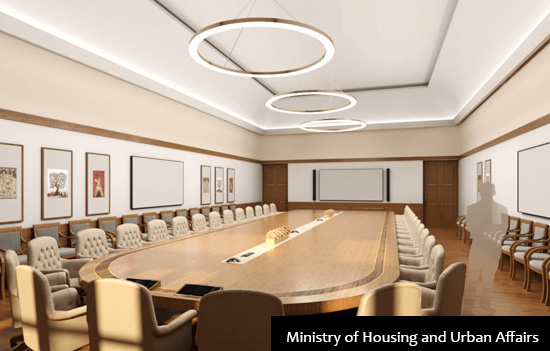 Sophisticated Audio-Visual systems.
Sophisticated Audio-Visual systems.
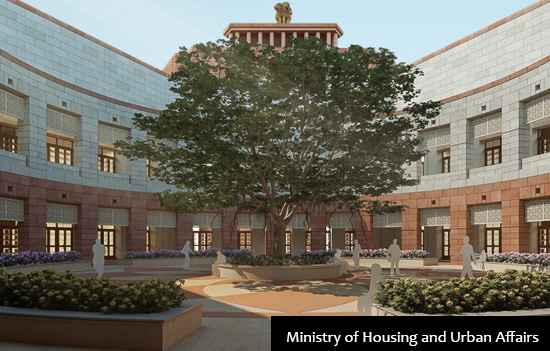 Revamped Sansad Bhawan.
Revamped Sansad Bhawan.
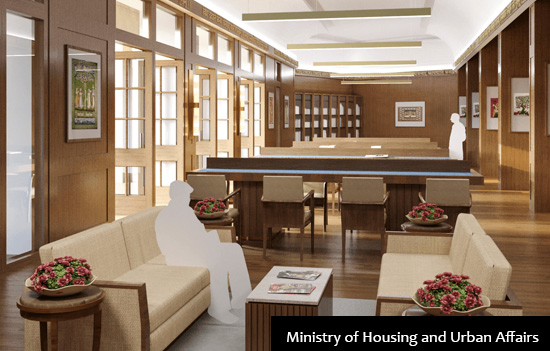 A superior Library experience.
A superior Library experience.
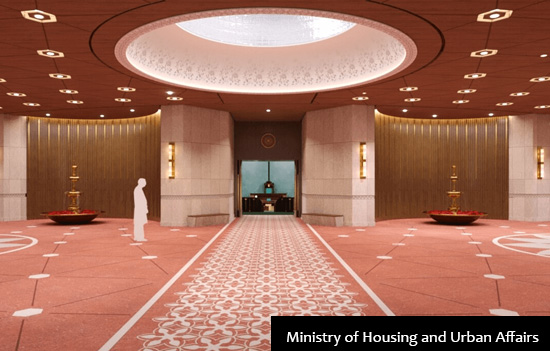 An embodiment of Indian Heritage.
An embodiment of Indian Heritage.
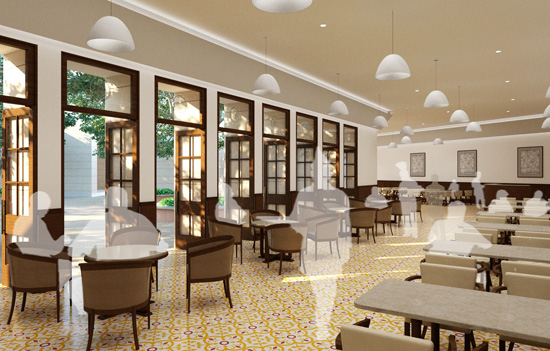 The Central Lounge.
The Central Lounge.
Also
read
1. Know
the Vastu Significance of the Triangle Shaped building
2. About
Satyameva Jayete - The statement ‘Satyameva Jayate' is actually in the opening line of a four-line mantra from the 'MUNDAKA Upanishad' which is found in the Atharva Veda